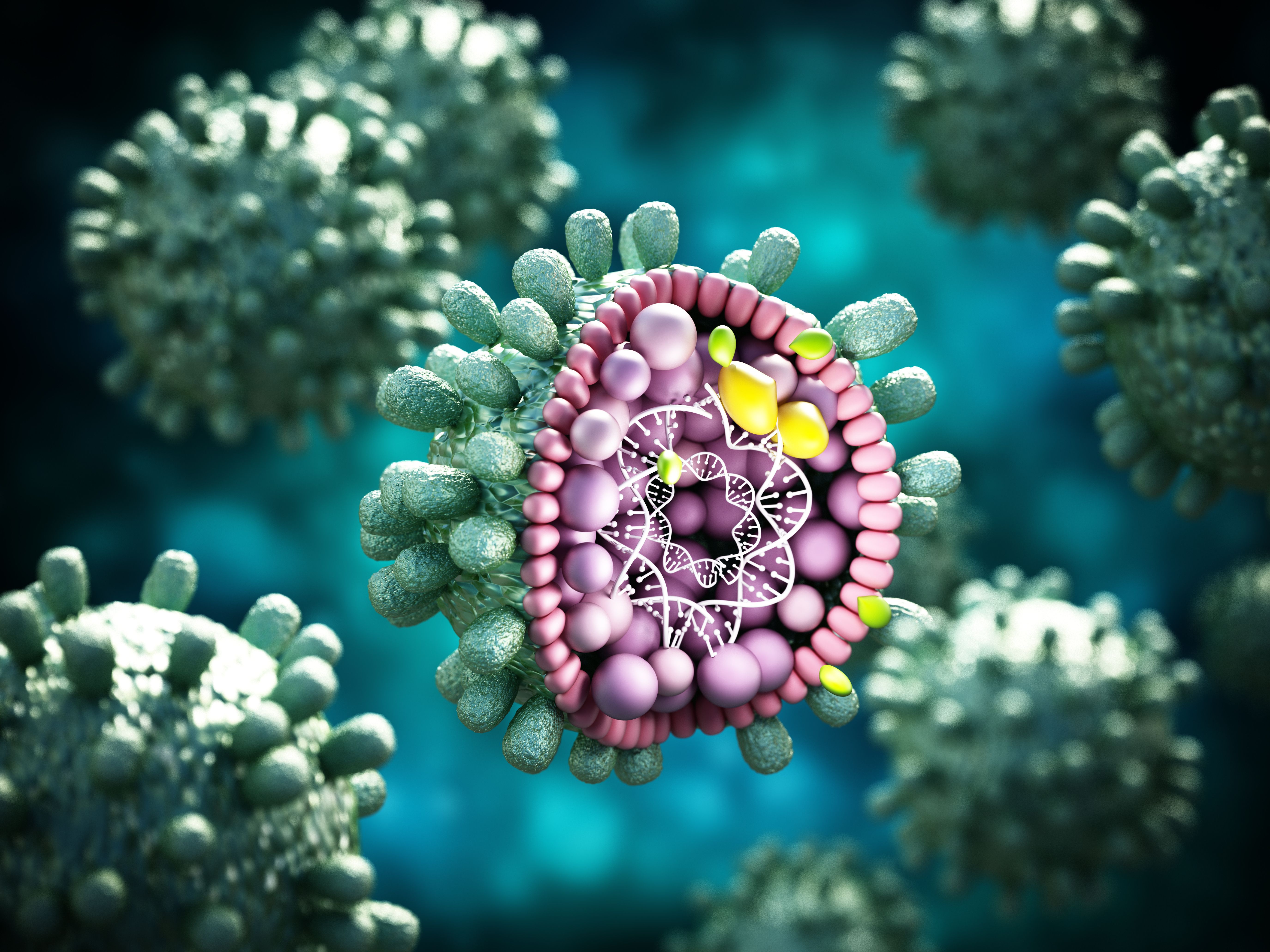New Investigational Therapies for Hepatitis B Virus
Therapies to reach a functional cure for hepatitis B virus may differ among the phases of hepatitis B, including new antiviral agents and immunomodulatory strategies, the study authors predicted.

Deaths from hepatitis B virus are expected to peak at 1.14 million by 2035, highlighting the importance of finding successful interventions and treatments, according to a paper published in The New England Journal of Medicine.
Investigators from London outlined new investigational therapies in development for hepatitis B virus in order to explain that prophylactic vaccination alone will not alleviate the hepatitis B burden.
“Innovative curative strategies could reshape the treatment of chronic hepatitis B,” the study authors wrote. “Maintaining momentum in developing such strategies will require continued investment and patient involvement, as well as a candid realization that the search for a cure for chronic hepatitis B presents myriad challenges.”
According to the study authors, some of these promising therapies are sought for the purpose of reducing the need for lifelong treatment, or a true cure. The most advanced treatments include:
Entry inhibitors aim to inhibit the entry of hepatitis B and hepatitis D viruses by binding to and inactivating the sodium taurocholate cotransporting polypeptide, the study authors explained. This entry inhibitor has not been proved in monotherapy to reduce hepatitis B.
Nucleic acid polymers have been tested in combination with tenofovir and pegylated interferon, the study authors wrote. In one study, at 48 weeks of follow-up, hepatitis B surface antigen (HBsAg) was undetectable in 14 of 40 study participants.
Capsid assembly modulators were designed to disrupt pgRNA63 development and several classes exist, the authors said. They produce decreases in hepatitis B DNA levels and hepatitis B RNA levels within 28 days, but once they are discontinued, the progress vanishes, which the study authors said underlines the inability of these capsid assembly modulators to eradicate hepatitis B DNA. “The place of CAMs in curative strategies remains uncertain,” they said.
RNA interference, including both siRNA and antisense oligonucleotides (ASOs) target RNA degradation are designed to stop hepatitis B reproduction. SiRNA has a longer duration than ASOs, the study authors said. After 48 weeks of a phase 2b clinical trial, 74 percent of patients treated with a siRNA had HBsAg level of less than 100 IU per milliliter, but no patients were considered functionally cured at 24 weeks, the study authors said. A phase 2b study found HBsAg levels declined to less than 100 IU per milliliter at the end of treatment in 63 percent of patients who received 300 mg of an ASOs (bepirovirsen) plus a nucleoside analogue and in 59% of those who did not receive a nucleoside analogue, which the study authors called “encouraging findings” even if a functional cure had not been reached.
The study authors also considered immunomodulatory therapy, and said direct antiviral agents alone are likely inefficient to reach a functional cure. For example, pegylated interferon alfa is being added to siRNA in clinical trials, and a drug used in cancer treatment has had limited initial effects. There are also vaccines in development for testing in combination after siRNA use.
“The combinations of new antiviral agents and immunomodulatory strategies that will achieve a functional cure may differ for different phases of hepatitis B,” the study authors wrote. “While we look beyond current treatments, we should not lose sight of the cardinal responsibility to improve awareness and access to treatment of hepatitis B with existing antiviral therapies.”
